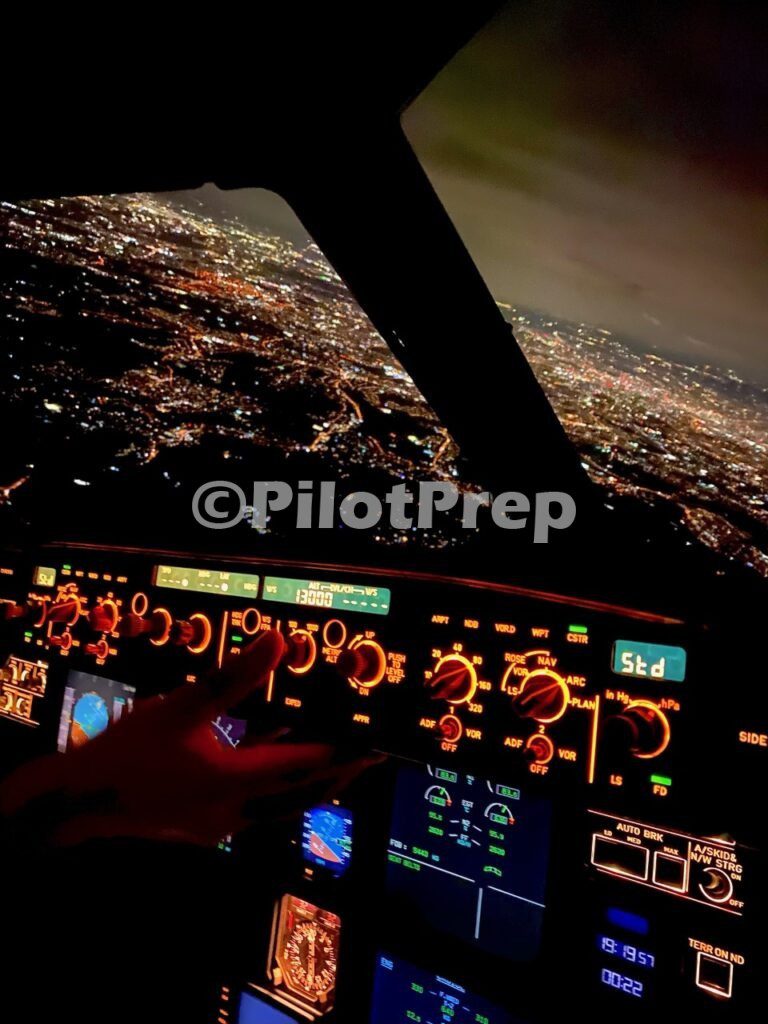Turbulence is rarely dangerous. For many passengers, turbulence is one of the scariest aspects of flying. It is the biggest reason why people have a fear of flying. Turbulence can be sudden, unexpected, and make you feel like you’re on a roller coaster. However, turbulence is a normal and common occurrence in air travel. In fact, I encounter some level of turbulence on almost every flight. In this blog post, I’ll explain what turbulence is, why it happens, and how you can cope with it to alleviate your fears and anxiety.
What is Turbulence?
Turbulence is unstable air, the irregular and unpredictable movement of air, often caused by changes in air pressure, temperature, and wind. When a plane encounters turbulence, it feels like it’s bouncing up and down or shaking. Sometimes, it can even feel like the plane is dropping, even though it’s still flying level. Turbulence can be light, moderate, or severe, depending on its intensity and duration. The definitions of which can be found here.

Why Does Turbulence Happen?
Turbulence is unstable air. It can be caused by a few factors, both inside and outside the aircraft. Here are some of the most common reasons:
- Weather Conditions: Turbulence is often caused by changes in the atmosphere, such as thunderstorms, jet streams, or wind shear (sudden change in wind direction and/or velocity).
- Aircraft Movement: Turbulence can also be caused by the movement of the aircraft itself, such as when it passes through the wake of another aircraft that may have flown overhead, or a bigger aircraft that is landing in front of us.
- Altitude Changes: When a plane ascends or descends, it can encounter turbulence as it passes through different layers of air with different temperatures and pressures.
- Terrain: Turbulence, or in this case, Mechanical Turbulence can be created by the terrain below, such as mountains, hills, and even buildings that can cause changes in wind patterns.

Is Turbulence Dangerous?
While turbulence can be scary and uncomfortable, it is rarely dangerous. Modern aircraft are designed to withstand turbulence and are equipped with advanced technology that can detect and avoid it. In fact, turbulence is so common that we, as pilots are trained to deal with it and know how to keep the aircraft safe, either by avoiding it, climbing or descending away from it, or increasing our speed to reduce the effects.
Turbulence can cause injuries if passengers and crew members are not properly secured. That’s why it’s important to always wear your seatbelt when seated, even if the seatbelt sign is turned off. In addition, it’s also imperative you follow the instructions of your cabin crew, who are trained to ensure your safety during turbulence.
How to Cope with Turbulence
If you’re a fearful flyer, experiencing turbulence can be a terrifying experience. However, there are a few things you can do to cope with it and alleviate your anxiety. Here are some tips:
- Breathe: Taking slow, deep breaths will help you relax and stay calm during the lumps and bumps. Focus on your breath and try to visualize yourself in a peaceful, relaxing place.
- Distract Yourself: Keeping your mind occupied can also help you cope with turbulence. Watch a movie, listen to music, or read a book to take your mind off the turbulence.
- Stay Seated: Although obvious, during turbulence, it’s important to stay seated and keep your seatbelt fastened. Avoid getting up to use the toilet or overhead lockers.
- Trust the Pilots: Remember that we are trained to deal with turbulence and we will do everything we can to keep you safe. Turbulence also makes it difficult for me to drink my cup of tea so rest assured, we will be doing our best to get you out of it as soon as possible. Trust in our expertise and experience.
- Practice Relaxation Techniques: If you’re a frequent flyer, it may be helpful to practice relaxation techniques before your flight. This can include yoga, meditation, or deep breathing exercises. These techniques can help you stay calm and centered during turbulence.
- Understand the Physics of Turbulence: Humans naturally fear what we don’t understand. Learning more about the physics of turbulence can help you understand why it happens and how it affects your flight. This knowledge can help alleviate your fears and anxiety.
- Choose Your Seat Wisely: If you’re particularly sensitive to turbulence, choosing a seat over the wings of the aircraft can help reduce the impact of turbulence. This is because the wings are designed to flex and absorb turbulence, which can make the ride smoother. If seats over the wing are not available, sit near the wings or to the front of the aircraft rather than the rear.
- Communicate with the cabin crew: If you’re feeling anxious or scared during turbulence, don’t hesitate to communicate this. They are there to help and can provide reassurance and support.
- Seek Professional Help: If your fear of turbulence is preventing you from flying, it may be helpful to seek professional help. A therapist or counselor can help you work through your fears and develop coping strategies that work for you. Airlines also regularly run free fearless flyer courses like Easyjet and British Airways.
Lumps and bumps are a fact of life
Turbulence is a normal and common occurrence in air travel. While it can be scary and uncomfortable, it is rarely dangerous. By understanding what causes turbulence and how to cope with it, you can alleviate your fears and anxiety and enjoy a smoother flight. Remember to stay seated, wear your seatbelt, and trust the expertise of the pilots and cabin crew. With these tips, go and fly with confidence.

